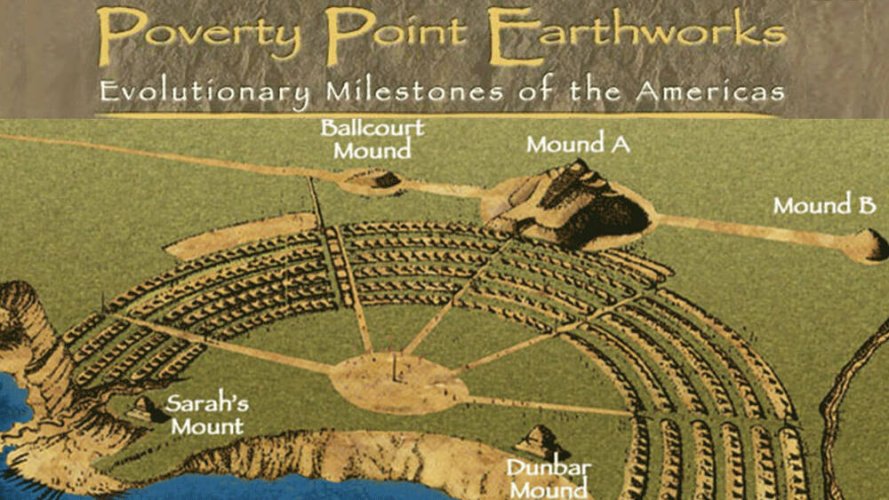woohoosaint
Hall-of-Famer
Offline
The structure predates Stonehenge by approximately 4,000 years.
The article is from October 2024.
I just stumbled across it on the interwebz.

 www.ecoticias.com
www.ecoticias.com
The article is from October 2024.
I just stumbled across it on the interwebz.

A 9,000 year-old Stonehenge under Lake Michigan baffles scientists: "It has no explanation"
Explore the mystery of a 9,000-year-old stone structure under Lake Michigan that scientists liken to Stonehenge, challenging our understanding of prehistoric North America.



